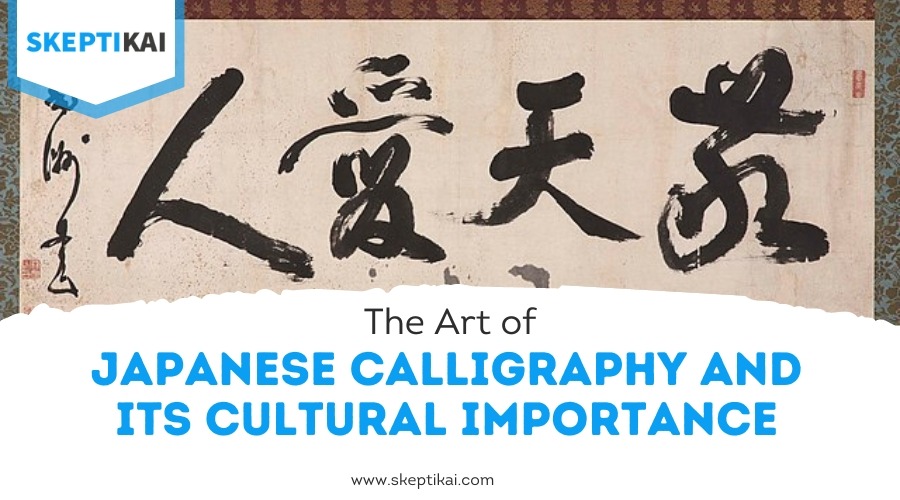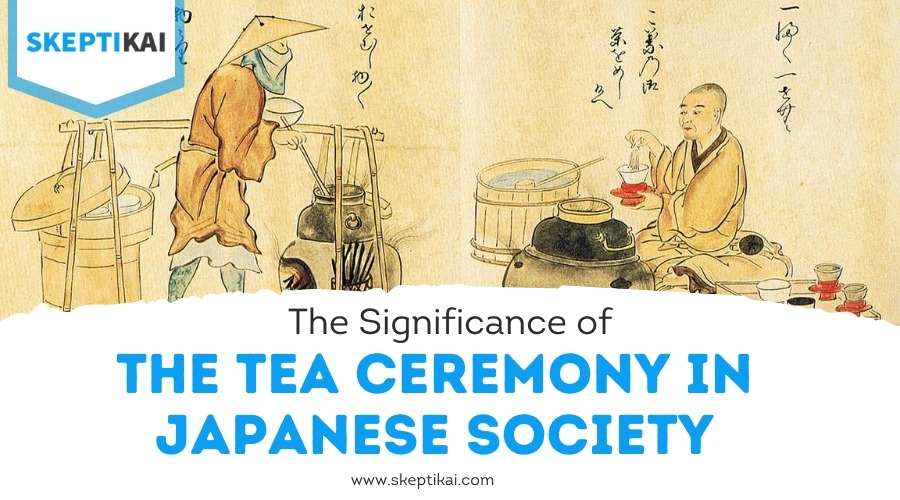Why Are Koi Fish Important to Japanese Culture?
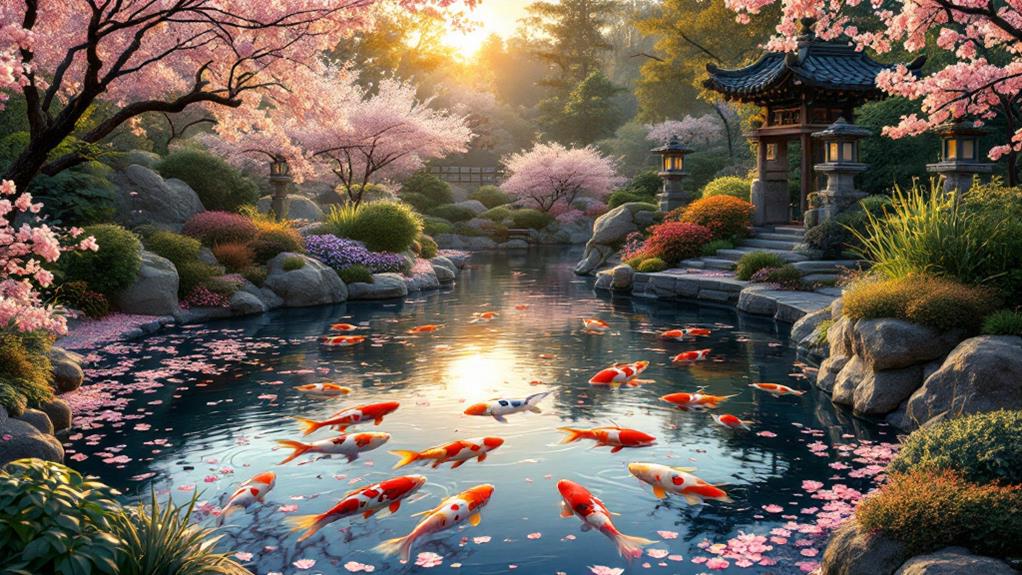
You'll realize that koi fish play an essential role in Japanese culture, representing perseverance, transformation, and inner strength. These symbols of resilience appear in tales of swimming against strong currents, and their transformation into dragons illustrates achieving greatness through determination. They're ingrained in art, inspiring traditional and modern expressions, and contribute to the beauty and harmony of Japanese aesthetics. Koi also play significant roles in traditions and festivals, embodying hope, prosperity, and longevity. You'll find them enhancing the tranquility of Japanese gardens with their striking presence. To reveal more about koi's cultural impact, there's much to investigate.
Symbolism in Japanese Mythology
In Japanese mythology, koi fish are much more than just beautiful creatures; they're rich symbols of perseverance and transformation. These lively fish are central to numerous mythological stories where they embody resilience and change. One famous tale tells of koi swimming upstream against powerful currents. In one version, a koi battles its way up a waterfall, and upon reaching the top, it transforms into a majestic dragon. This story highlights koi symbolism as a representation of personal growth, showing that with determination, you can achieve greatness and metamorphose into something extraordinary. Like the evolution of sushi from a preservation method to a culinary art form, koi symbolize transformation and adaptation. Another aspect of koi symbolism is its connection to overcoming life's challenges. In mythological stories, koi are often depicted as brave and unwavering, never giving up despite formidable obstacles. This quality makes them a powerful emblem for anyone facing adversity. Moreover, koi are associated with good fortune and success, as their quest against the current is seen as a metaphor for achieving one's goals against all odds. By understanding these mythological stories, you can appreciate why koi hold such a revered place in Japanese culture, symbolizing the transformative power of courage and the beauty of adaptation.
Representation of Perseverance
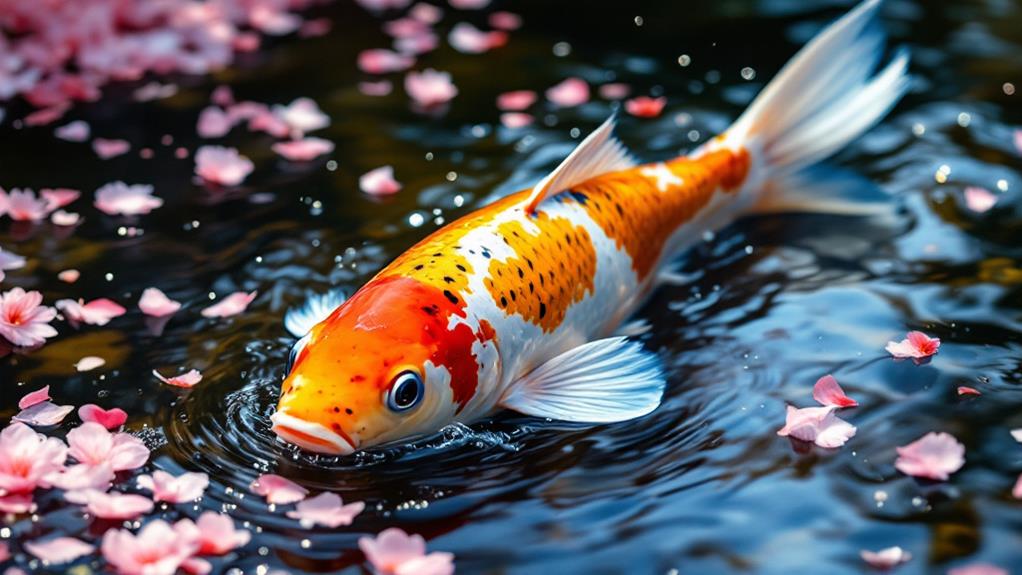
The koi's symbolic odyssey through mythological tales naturally leads to its representation of perseverance in Japanese culture. You see, koi fish are revered for their ability to swim against strong currents and even waterfalls, embodying resilience and determination. This journey is a metaphor for overcoming life's challenges. When you look at koi characteristics, their powerful bodies and tenacious spirit demonstrate their readiness to face adversity, reminding you to persist no matter the obstacles. Similar to the cultural significance of the kimono, koi fish hold deep meanings and tell unique stories through their presence. Koi colors also play a significant role in conveying messages of perseverance. Each hue represents different qualities: red symbolizes energy and courage, while blue signifies tranquility and resilience. These colors inspire you to harness these traits in your own life. When observing a koi pond, you're not just witnessing a display of beauty, but a vivid reminder of the virtues of persistence and strength.
Influence on Japanese Art

Throughout history, koi have inspired countless Japanese artists, leaving an indelible mark on diverse art forms. The lively koi aesthetics and their symbolic meanings are deeply embedded in Japanese art. You can't help but admire the way these majestic fish have shaped artistic techniques, influencing everything from paintings to textiles.
- Color and Form: Koi's bright colors and graceful forms are captured in traditional Japanese paintings, known as Nihonga. Artists carefully depict them to convey beauty and harmony.
- Symbolism: In woodblock prints, koi often symbolize strength and perseverance, reflecting their ability to swim upstream. These prints evoke a sense of resilience and hope.
- Ceramics and Pottery: The elegance of koi aesthetics finds expression in ceramics, where artists use koi motifs to improve their creations. The result is a blend of function and beauty.
- Contemporary Art: Modern Japanese artists continue to draw inspiration from koi, experimenting with new techniques and media. This ongoing influence keeps traditional themes alive while pushing the boundaries of artistic expression.
Role in Festivals and Traditions
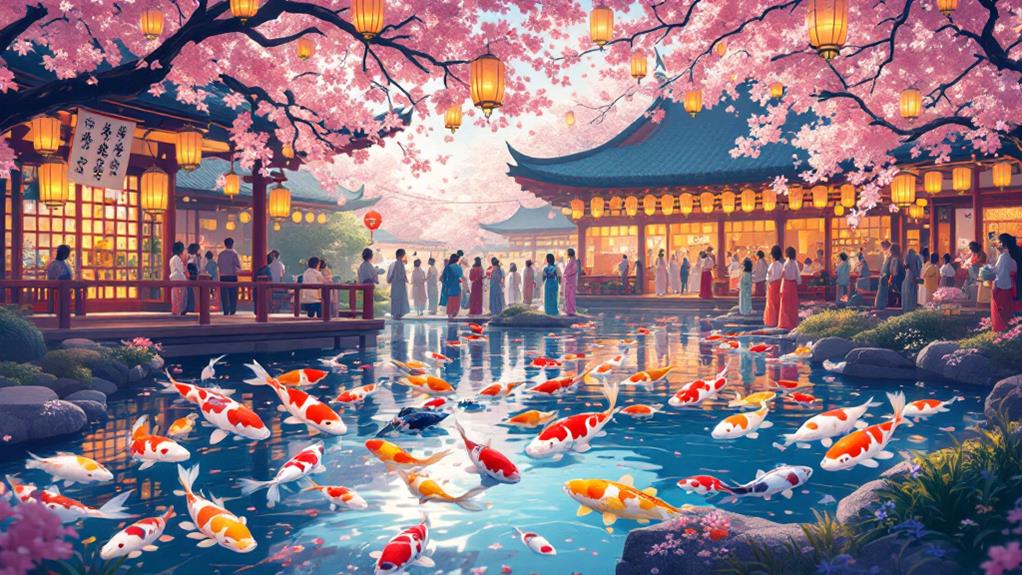
Many festivals and traditions in Japan prominently feature koi fish, underscoring their cultural significance. When you participate in these events, you'll notice how koi are celebrated not just for their beauty but also for their deep-rooted symbolism. Koi fish represent perseverance, strength, and transformation, qualities that are highly valued in Japanese culture. During Children's Day, for example, families raise colorful koi-shaped windsocks called "koinobori" to symbolize the hope that children will grow up strong and determined, much like koi swimming upstream.
Koi breeding plays a vital role in these cultural expressions. As you investigate the lively world of koi festivals, you'll see that carefully bred koi are often showcased, highlighting their exquisite colors and patterns. This breeding process isn't just about aesthetics; it's a practice steeped in tradition, aiming to improve the symbolic attributes of these fish.
In addition to Children's Day, koi are integral to other local festivals, where they might be released into rivers as a gesture of good fortune. Through these practices, koi fish continue to embody and spread their rich symbolism, deeply influencing Japanese festivals and traditions.
Koi in Japanese Gardens

Koi fish, celebrated in festivals and traditions, also find a serene home in Japanese gardens. As you stroll through these tranquil spaces, you'll notice the koi gliding gracefully through their habitats, adding life to the peaceful ambiance. Japanese garden design thoughtfully incorporates koi ponds, where every element serves a purpose. Regardless of whether you're designing your garden or simply visiting one, you'll appreciate how these lively fish augment the beauty and tranquility of the environment.
Incorporating koi into a garden design brings a sense of balance and peace. Here's why koi in Japanese gardens evoke such deep emotions:
- Tranquility: Watching koi swim effortlessly creates a calming effect, helping you escape the chaos of everyday life.
- Harmony: The gentle ripples in the water and the koi's graceful movements foster a sense of unity with nature.
- Beauty: Their vivid colors and elegant forms turn any garden setting into a living masterpiece.
- Hope: Koi symbolize perseverance and strength, reminding you of life's endless possibilities.
Creating a koi habitat means considering the interplay of water, plants, and stone. This harmony between elements guarantees that koi thrive, enriching both the garden and your soul.
Cultural Significance in Folklore
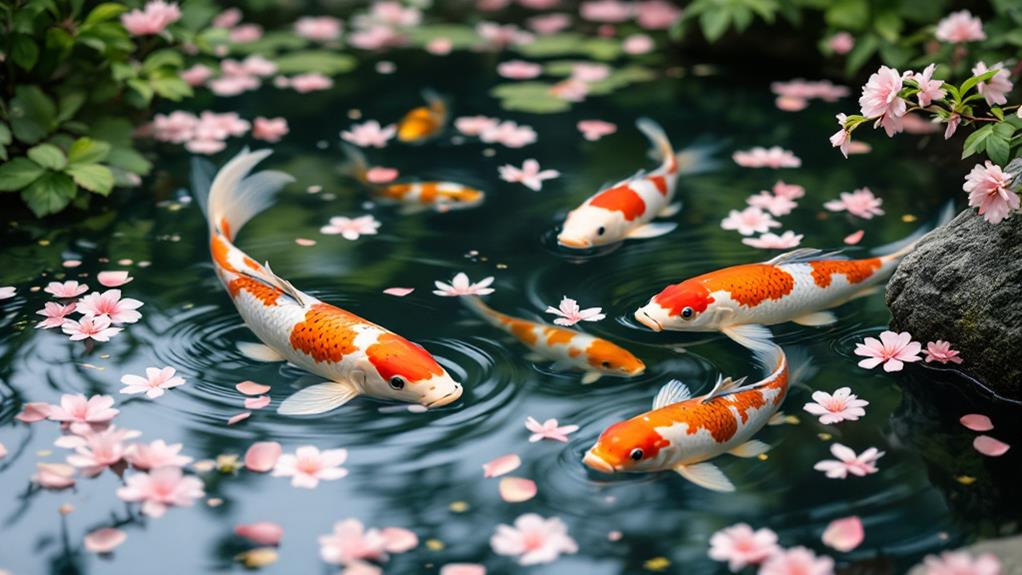
Within the rich tapestry of Japanese folklore, koi fish hold profound cultural significance. These lively creatures are more than just beautiful enhancements to ponds; they embody ancient koi legends that have been passed down through generations. One of the most famous tales is about a koi fish swimming upstream in a relentless quest to transform into a dragon upon reaching the Dragon Gate. This story symbolizes perseverance and determination, painting the koi as a creature of incredible resilience.
Aquatic symbolism also plays an essential role in understanding the koi's significance in folklore. In Japan, water often represents life and renewal, and koi fish, with their ability to swim against strong currents, mirror the idea of overcoming life's challenges. This symbolism ties into many Japanese stories where the koi's path reflects personal growth and the pursuit of goals despite obstacles.
As you investigate these koi legends, you'll uncover that they convey messages of hope and strength. The tales remind you that, like the koi, you too can navigate life's turbulent waters and emerge transformed. In Japanese folklore, the koi serves as a powerful reminder of the strength found in perseverance and the beauty of embracing one's path.
Icons of Transformation and Strength

In the lively landscape of Japanese culture, koi fish emerge as icons of transformation and strength, embodying the spirit of resilience and change. Their expedition is a demonstration of overcoming obstacles, much like the koi swimming upstream against powerful currents. This symbolism is deeply ingrained in the art of koi breeding, where you witness the dedication to cultivating these magnificent creatures. Each koi, with its unique blend of bright koi colors, tells a story of endurance and adaptability.
The symbolism of koi fish inspires you with its powerful lessons:
- Perseverance: Just like the koi braving the rapids, you can push through life's challenges and come out stronger.
- Transformation: The koi's metamorphosis from humble carp to majestic beauty mirrors your potential to grow and evolve.
- Strength: Their ability to swim against the current reminds you of your inner strength, urging you to face adversity head-on.
- Courage: Koi symbolize the bravery needed to pursue your dreams, no matter how intimidating the path may seem.

